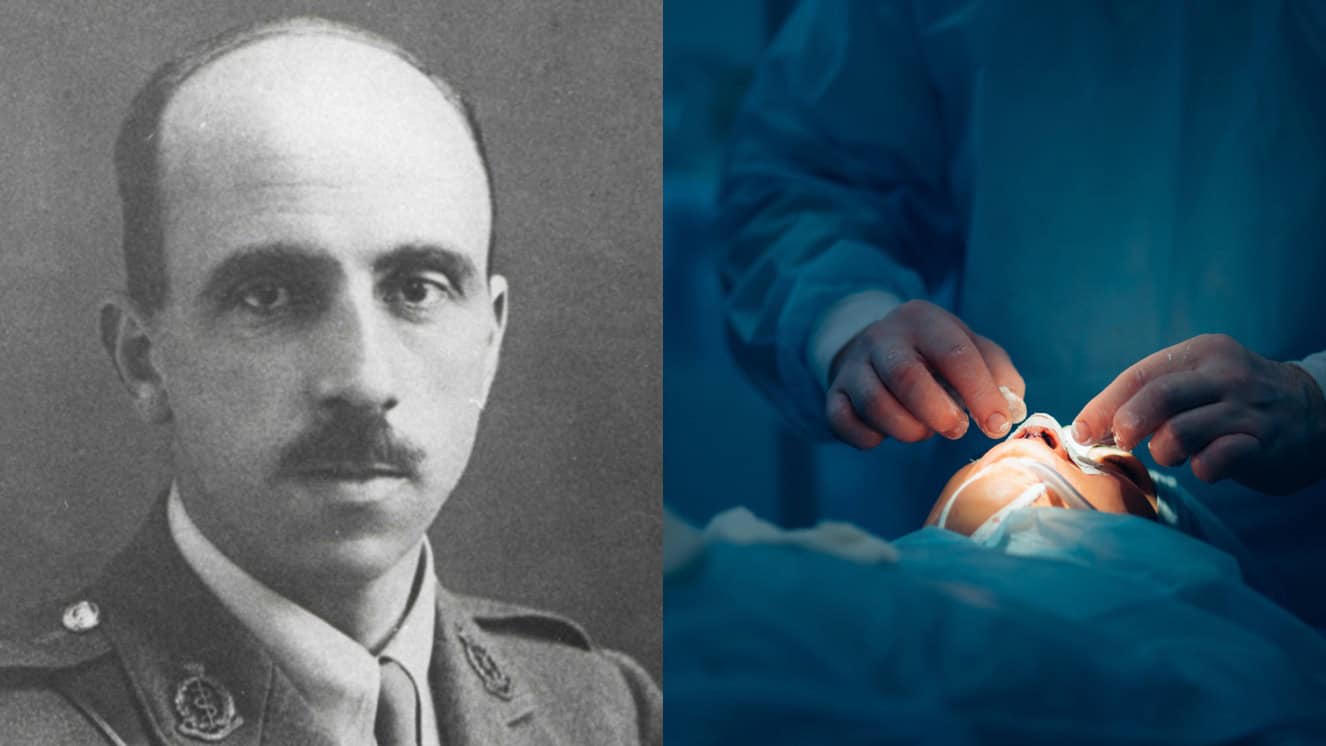
Who was Harold Gillies? Harold Gillies, often hailed as the father of modern plastic surgery, revolutionized medical practices during World War I. Born in New Zealand, he moved to England, where his pioneering work transformed the lives of countless soldiers disfigured in battle. Gillies' innovative techniques in facial reconstruction laid the groundwork for today's plastic surgery. His dedication to restoring not just physical appearance but also the dignity of his patients set him apart. From developing skin grafts to perfecting flap surgery, Gillies' contributions were monumental. Why is Harold Gillies significant? His legacy continues to influence modern medicine, making him a true medical pioneer.
Key Takeaways:
- Harold Gillies, the father of modern plastic surgery, pioneered innovative techniques and psychological support for patients, leaving a lasting impact on the field and reducing the stigma of facial disfigurement.
- Beyond his groundbreaking work in plastic surgery, Harold Gillies was a talented artist, musician, and golfer, with a warm bedside manner and a dedication to improving patient care throughout his life.
Who Was Harold Gillies?
Harold Gillies, a pioneering figure in plastic surgery, made significant contributions to medical science. His work during World War I and beyond transformed the field, earning him recognition as the father of modern plastic surgery.
- Harold Gillies was born on June 17, 1882, in Dunedin, New Zealand.
- He studied medicine at Gonville and Caius College, Cambridge.
- Gillies initially specialized in otolaryngology, the study of ear, nose, and throat conditions.
- During World War I, he served in the Royal Army Medical Corps.
- Gillies was inspired to pursue plastic surgery after witnessing the severe facial injuries of soldiers.
Contributions to Plastic Surgery
Gillies' innovative techniques and dedication to reconstructive surgery laid the groundwork for modern practices. His methods are still influential today.
- He established one of the first plastic surgery units at the Queen's Hospital in Sidcup, Kent.
- Gillies developed the "tubed pedicle" technique, a method to transfer skin from one part of the body to another.
- He performed over 11,000 operations on more than 5,000 patients during World War I.
- Gillies wrote "Plastic Surgery of the Face," a seminal textbook published in 1920.
- He was knighted in 1930 for his contributions to medicine.
Innovations and Techniques
Gillies' creativity and problem-solving skills led to numerous advancements in surgical techniques. His work addressed both functional and aesthetic concerns.
- He introduced the concept of "staged" surgery, performing multiple procedures over time for better outcomes.
- Gillies emphasized the importance of psychological support for patients undergoing reconstructive surgery.
- He pioneered the use of cartilage grafts to reconstruct noses and ears.
- Gillies developed techniques for repairing cleft palates and other congenital deformities.
- He was one of the first surgeons to use photography to document surgical cases and outcomes.
Legacy and Influence
Gillies' impact on plastic surgery extends beyond his lifetime. His students and successors continued to build on his work, advancing the field even further.
- Archibald McIndoe, a cousin of Gillies, became a prominent plastic surgeon and continued his work during World War II.
- Gillies' techniques influenced the development of microsurgery and craniofacial surgery.
- He trained numerous surgeons who went on to establish plastic surgery units worldwide.
- Gillies' work helped reduce the stigma associated with facial disfigurement.
- His contributions are commemorated by the British Association of Plastic, Reconstructive, and Aesthetic Surgeons (BAPRAS).
Personal Life and Interests
Beyond his professional achievements, Gillies had a rich personal life and diverse interests. His personality and hobbies added depth to his character.
- Gillies was an accomplished golfer, winning several amateur tournaments.
- He married Kathleen Margaret Jackson in 1911, and they had four children.
- Gillies enjoyed painting and was a talented artist.
- He had a keen interest in music and played the piano.
- Gillies was known for his sense of humor and warm bedside manner.
Later Years and Continued Work
Even in his later years, Gillies remained active in the field of plastic surgery. His dedication to improving patient care never waned.
- During World War II, Gillies returned to active service, treating injured soldiers and civilians.
- He developed new techniques for treating burns and other war-related injuries.
- Gillies continued to innovate, working on gender reassignment surgeries in the 1940s and 1950s.
- He collaborated with other surgeons to refine and improve surgical methods.
- Gillies remained a sought-after lecturer and teacher, sharing his knowledge with future generations.
Recognition and Honors
Gillies' contributions did not go unnoticed. He received numerous awards and honors throughout his career, cementing his legacy in medical history.
- He was awarded the CBE (Commander of the Order of the British Empire) in 1919.
- Gillies received honorary degrees from several universities, including Oxford and Cambridge.
- He was a founding member of the British Association of Plastic Surgeons.
- Gillies was posthumously inducted into the New Zealand Medical Hall of Fame.
- His life and work have been the subject of numerous books, documentaries, and exhibitions.
The Legacy of Harold Gillies
Harold Gillies' contributions to medicine and surgery are nothing short of groundbreaking. His pioneering work in plastic surgery during World War I laid the foundation for modern reconstructive techniques. Gillies' innovative methods not only restored physical appearances but also helped countless soldiers regain their confidence and dignity. His dedication to improving patients' lives through meticulous surgical procedures has left an indelible mark on the medical field.
Beyond his technical skills, Gillies' compassionate approach to patient care set a new standard for medical professionals. He understood the profound psychological impact of physical injuries and worked tirelessly to address both aspects. Today, his legacy lives on in the countless lives transformed by the advancements he initiated. Harold Gillies remains a towering figure in medical history, inspiring future generations to push the boundaries of what's possible in reconstructive surgery.
Frequently Asked Questions
Was this page helpful?
Our commitment to delivering trustworthy and engaging content is at the heart of what we do. Each fact on our site is contributed by real users like you, bringing a wealth of diverse insights and information. To ensure the highest standards of accuracy and reliability, our dedicated editors meticulously review each submission. This process guarantees that the facts we share are not only fascinating but also credible. Trust in our commitment to quality and authenticity as you explore and learn with us.


